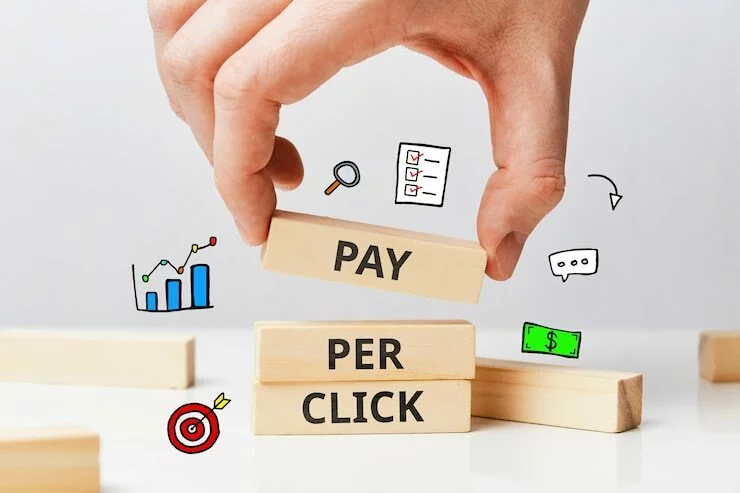Google Analytics is a powerful tool to measure the success of your website. It provides amazing insights. Over the past few years, Analytics has grown from a simple tool to collect data on traffic demographics to a full-fledged strategy-constructing framework. If you have a Shopify store, you can link your Analytics to this website (or property) to acquire valuable data and cultivate meaningful insights.
The process is straightforward but if you’ve been confused then we know where you’re coming from. It’s not the cup of tea for every website owner, especially if you’re mostly just a business owner with little to no know-how of web technologies and how they work. We’re going to provide a step-by-step walkthrough for a successful connection between Analytics and your Shopify store in this article. There are a couple of prerequisites, however.
- Make sure you’re signed in to your Shopify admin account. You can double-check it by opening the Shopify backend.
- You also need to be logged in to Google and have a Google Analytics account. If you don’t have one yet, open google.com – it will prompt you to make an Analytics account on top of your Google account.
Note that Google Webmaster Tools and Google Ads are separate products. They are not Google Analytics. For this guide, we’ll keep our intent limited to setting up a successful link between Google Analytics and your Shopify store to gain traffic insights and stats that Shopify cannot give naturally. Additionally, you can also set up goals and sales funnels within Google Analytics for your Shopify stores and use the more nuanced Google Tag Manager too. However, as they say, we’ll be taking one step at a time. Those are pretty advanced things that we can visit later on.
Let’s get right to it!
Creating a property
All websites and apps you own can be tracked on Analytics. These are called properties in Google lingo. In our case, your Shopify store is the property.
The first step is to create a property from within Google Analytics. Given you’re signed in and have an Analytics tracking account – follow these steps:
- Open Google Analytics.
- Click “Admin” in the bottom area of the left sidebar.
- If it’s your first time using Analytics, you will need to create an account. Click the blue “Create Account” button.
- Fill in the details and Save.
- Now, create the property by clicking the “Create Property” button.
- Enter the name of the property and choose the right options for reporting.
- Now, also click on Advanced Options and turn the toggle on for “Create a Universal Analytics property” – this is an additional step required for Shopify.
- Copy the Universal Analytics property that’s generated.
Now we open our Shopify dashboard.
Adding Google Analytics tracking code to Shopify
Once you have copied the code generated in the Universal Analytics property module, you’re ready to embed it on the Shopify dashboard.
- Start by opening your Shopify dashboard.
- Go to Online Store.
- Click on Preferences.
- Go to the Google Analytics section and paste the Universal Analytics property code in the field named Google Analytics account.
As an additional step, you also need to remove password protection from your website if you have it. Password-protected Shopify websites cannot be tracked by Analytics simply because they cannot be accessed by bots. Once that’s done, we can now set up tracking in Analytics. But before that, it’s important to understand the difference between an account, a property, and a view in Google Analytics.
Understanding accounts, properties, and views in Analytics
Essentially, the way Google Analytics works is this:
- You can add multiple accounts. Let’s say you have five websites for your five online stores and a couple of websites that are personal projects. You can create two accounts within Analytics – let’s say “My Shops” and “Personal Projects”.
- You can have multiple properties within each account. Ideally, now you’ll add all five shops under the My Shops account and both the personal websites under Personal Projects.
- Each property can have multiple views. For example, you can create a view for a property that displays all traffic, whereas for others, you might only be interested in sales data (such as an e-commerce property).
You can only check data and stats through the Views you create and not Properties in general. For a Shopify property, we’ll create an e-commerce view.
Set up e-commerce tracking view in Google Analytics
Go to Google Analytics again and click on Admin. Here, you will be able to see the property you just created.
- Head over to the View section and click on Ecommerce Settings.
- Turn the “Enable Ecommerce” toggle on.
This allows you to get basic e-commerce tracking from your Shopify store to the Google Analytics dashboard. We can also set up enhanced tracking.
Setting up enhanced e-commerce tracking from Shopify
This step is optional.
Go to your Shopify admin panel and move to Online Store then Preferences.
- Click on the “Use Enhanced Ecommerce” in the Google Analytics section from the settings.
- Click on Save.
- Now go back to Google Analytics > Admin > View > Ecommerce Settings.
- Toggle the “Enable Enhanced Ecommerce Reporting” on.
- Click Save.
This process allows you to send all the store data to Google Analytics for seamless viewing and tracking.
Wrapping up
Google Analytics is a great tool to have in your marketing arsenal. It allows you to monitor your traffic and derive powerful insights into how well you’re doing. It provides common metrics such as sessions and users over a particular timeframe, but beyond that, it also allows you to set measurable conversion goals, track your traffic channels and sources, check which countries and regions are most popular, which pages are performing well, and so on. Analytics also allows you to get a real-time overview of your audience – which can be great to see who’s where on their buyer’s journey and what closes the deal.







